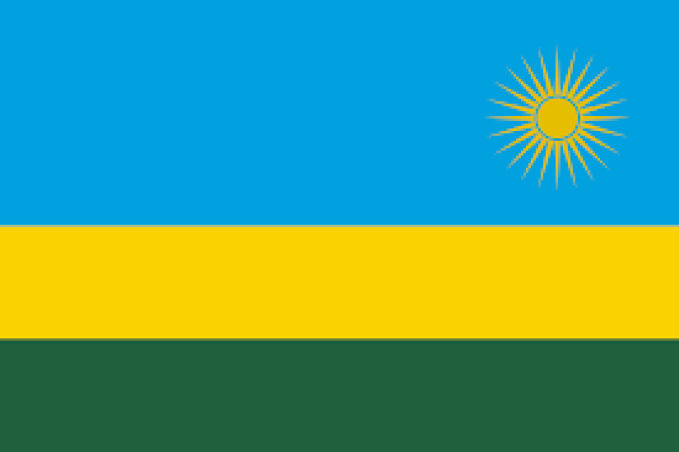Rwanda financial inclusion drops

Rwandan financial exclusion has dropped by 17 percentage points from 28.1% in 2012 to 11% in 2015/16, however the percentage of banked adults increased from 23% in 2012 to 26% in 2015.
According to findings in the latest FinScope survey, this slight increase was mainly due to new banking channels entering the market resulting in increased outreach of existing banks.
Presiding over the launch of the Finscope 2016 survey findings, Prime Minister Anastatse Murekezi said having 89% of Rwandans (about 5.2 million individuals) financially included was a great achievement.
“We believe that financial inclusion is critical to achieve inclusive & sustainable economic growth & development. Survey shows us that we are on-track towards meeting our target of 90% financial inclusion by 2020.” Prime Minister Murekezi said.
The FinScope survey is a yardstick that provides a holistic understanding of how individuals manage their financial lives. It identifies the factors that drive financial behavior and those that prevent individuals from using financial products and services.
The first FinScope survey in Rwanda took place in 2008 and 2012 largely driven by demand for credible information to guide policy interventions and financial service providers in their efforts to expand the reach and depth of the Rwandan financial system.
In his remarks, Claver Gatete, the Minister of Finance and Economic Planning said that Finscope survey provides insights to guide policy makers and regulators in terms of how to address or respond to some of the challenges they face in order to meet financial inclusion targets.
Gatete said it also provides financial service providers with crucial strategic information regarding their target markets and the financial services that these markets need – enabling them to extend their reach and broaden the range of services they provide
“The FinScope survey findings and recommendations guide the formulation of several reforms in the Financial Sector of Rwanda. Implementation of these reforms has significantly contributed to the progress in terms of financial inclusion,” Minister Gatete said.
Finscope 2015-16 survey also indicates that the total banking network increased from 1,282 (branches, outlets and banking agents) in 2012 to 3,085 in 2015.The percentage of adults, who are formally served, increased from 19% in 2012 to 42% in 2015. This shift was mainly due to the Mobile money uptake and continued increase in the uptake of Umurenge SACCOs services.
Mobile money and Umurenge SACCOs played a significant role in pushing out the boundaries of formal financial access for farmers, farm workers and individuals who earn an income from piece-work than for individuals earning an income through formal employment.
SOURCE:BUSIWEEK
 Africas leading resource for digital financial services
Africas leading resource for digital financial services


comments